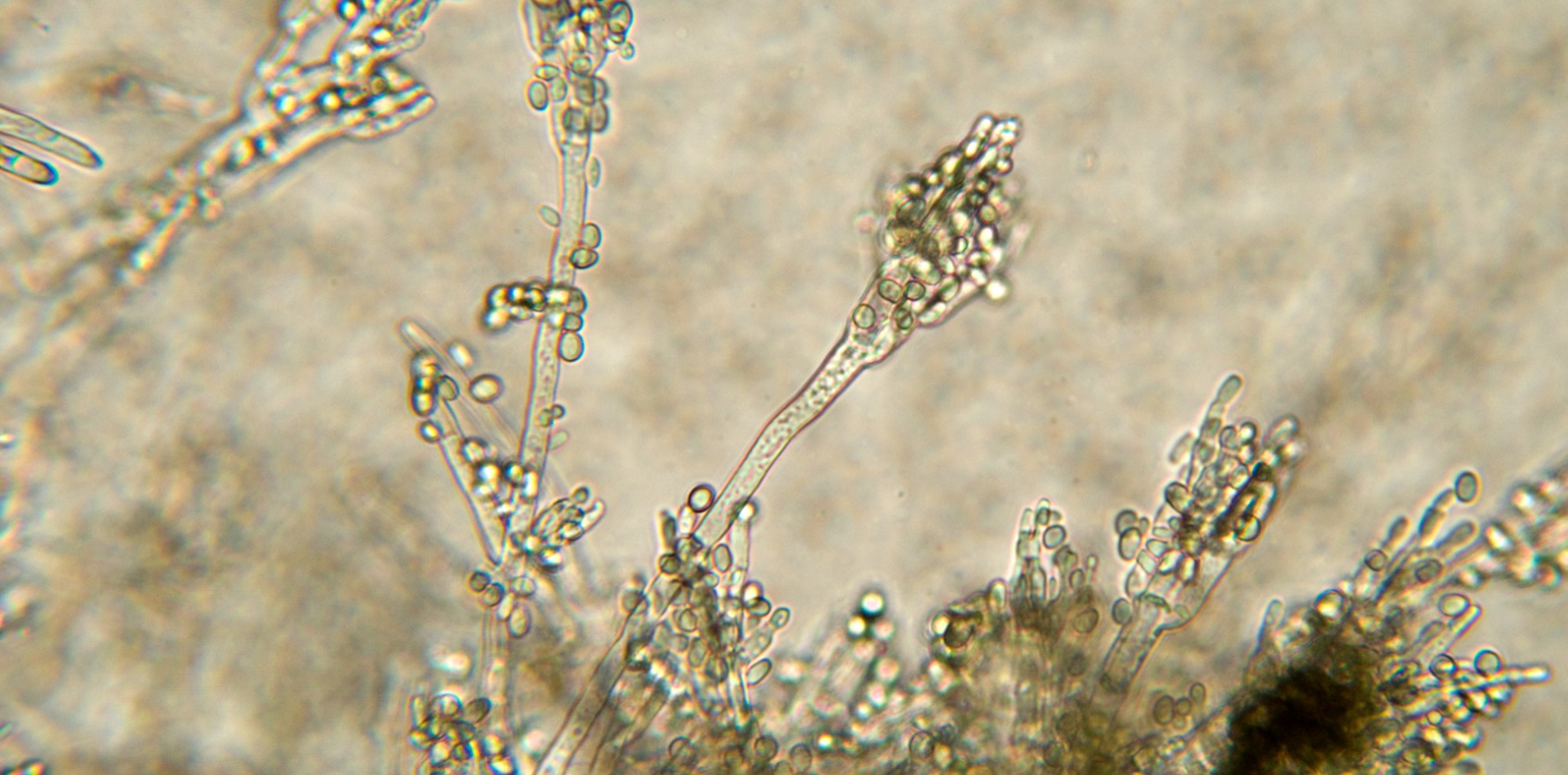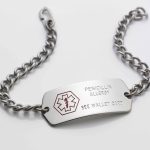Thanks to some easy steps, only one in 20 were again given the label – and even these were mostly erroneously.
More than 90% of patients who believed they had a penicillin allergy were able to drop the label after an evaluation at a drug allergy clinic, with only 5% re-adopting it in the following months.
The US researchers found that several measures kept rates of allergy re-labelling low, but that even these were mostly re-labelled incorrectly.
The findings underscore how difficult it is to remove antibiotic allergy labels from patients, and keep them off, say experts.
Antibiotic allergy labels are associated with receiving inferior therapies, more antibiotic-related adverse events, increased rates of infection, ICU admission, death and treatment cost. They also contribute to antibiotic resistance.
This study of 353 adults attending a drug allergy clinic for penicillin allergy evaluation found that when patients were given a thorough review, skin prick/intradermal testing and/or drug challenge, 322 were de-labelled.
To protect against patients being labelled with the allergy again, the researchers ensured that patients’ statuses were updated in their electronic medical record, they were given a summary, written home care instructions and were counselled about their allergy status. Some were also given a wallet-card showing their negative penicillin allergy status.
Within three months, only 17 (5.3%) were re-labelled – 15 (88%) of them erroneously. The remaining two were not considered definitely allergic by the evaluating team.
The researchers attributed these measures to keeping the proportion of those relabelled significantly lowered, pointing to previous research that indicated up to half of patients adopting the allergy label again after being de-labelled once.
“One study found that a multidisciplinary approach using computerised protocols, electronic medical record alerts, education by a pharmacist, wallet cards and follow-up communication effectively reduced the allergy relabelling rate from 12.9% to 2.5%,” the authors said.
Nevertheless, they were unsure of why these 15 patients were incorrectly labelled again, speculating that it may have been due to a lack of time, adequate training for medical staff, or – as suggested in previous research – patients actually did not want the label removed.
ASCIA president and University of Western Australia Clinical Professor Michaela Lucas said re-labelling occurred because of an in-built safety mechanism.
“If there’s just the slightest uncertainty about something, people think it’s better to avoid it. No-one wants to take the risk,” she told The Medical Republic.
“We operated on that paradigm for a very long time until we realised that we were overdoing it. We were playing it too safe for many patients that didn’t actually have an allergy, and that can cause problems.”
The clinical immunologist and allergist said re-labelling was a big problem considering all the resources that go into removing a label. She described it as a vicious cycle, which started with over-labelling, not enough de-labelling and a lack of access to information when it did happen.
“It has to do with the fact that our communication around drug allergy and after de-labelling is not as effective as it should be,” said Professor Lucas.
In Australia we don’t have a global electronic registry where drug allergy information can be accessed, so the emphasis is on patient and practitioner education, she explained.
“A patient’s fear or traumatic experience around the time of the drug allergy, even if they can then have the medication safely, is often not addressed enough. The patient walks out, knowing they’ve been able to have the medication in a safe environment, but still uncomfortable about having it in the community.”
And patients may not understand that penicillin was the best treatment for them, she added.
“Some patients would say, ‘I just avoid penicillin, so they give me the better drugs’. You have to explain to them that it is a really good drug because it’s very narrow spectrum. And everybody should get the optimal antimicrobial choice for their treatment.”
Professor Lucas said patients needed to tell all their practitioners if they’ve been de-labelled, and upload that information to their My Health Record.
A wallet card or an information sheet or action plan provided to the patient once their allergy is de-labelled could prevent re-labelling, particularly in an emergency.
“A patient may volunteer: ‘By the way, I did have a penicillin allergy, but I was de-labelled’. But the nurse or the doctor may still not be sure what that means. Or they see an allergy in the notes and disregard what the patient tells them, and they are relabelled.”
Professor Lucas said practitioners needed to be aware that there is a de-labelling process, that what the patient is telling them is real, and that it overrules previous medical history.
“In my perfect world, I would like to see a GPs getting involved in starting to de-label patients in the community, with good documentation, uploaded onto My Health Record,” she said.
“GPs are absolutely central in preventing re-labelling because they are the ones who coordinate their patients’ medical care.”
ASCIA has developed an expert consensus guideline including community assessment, and provides a template for recording a de-labelled drug allergy.
The Journal of Allergy and Clinical Immunology: In Practice 2021, online 16 September



